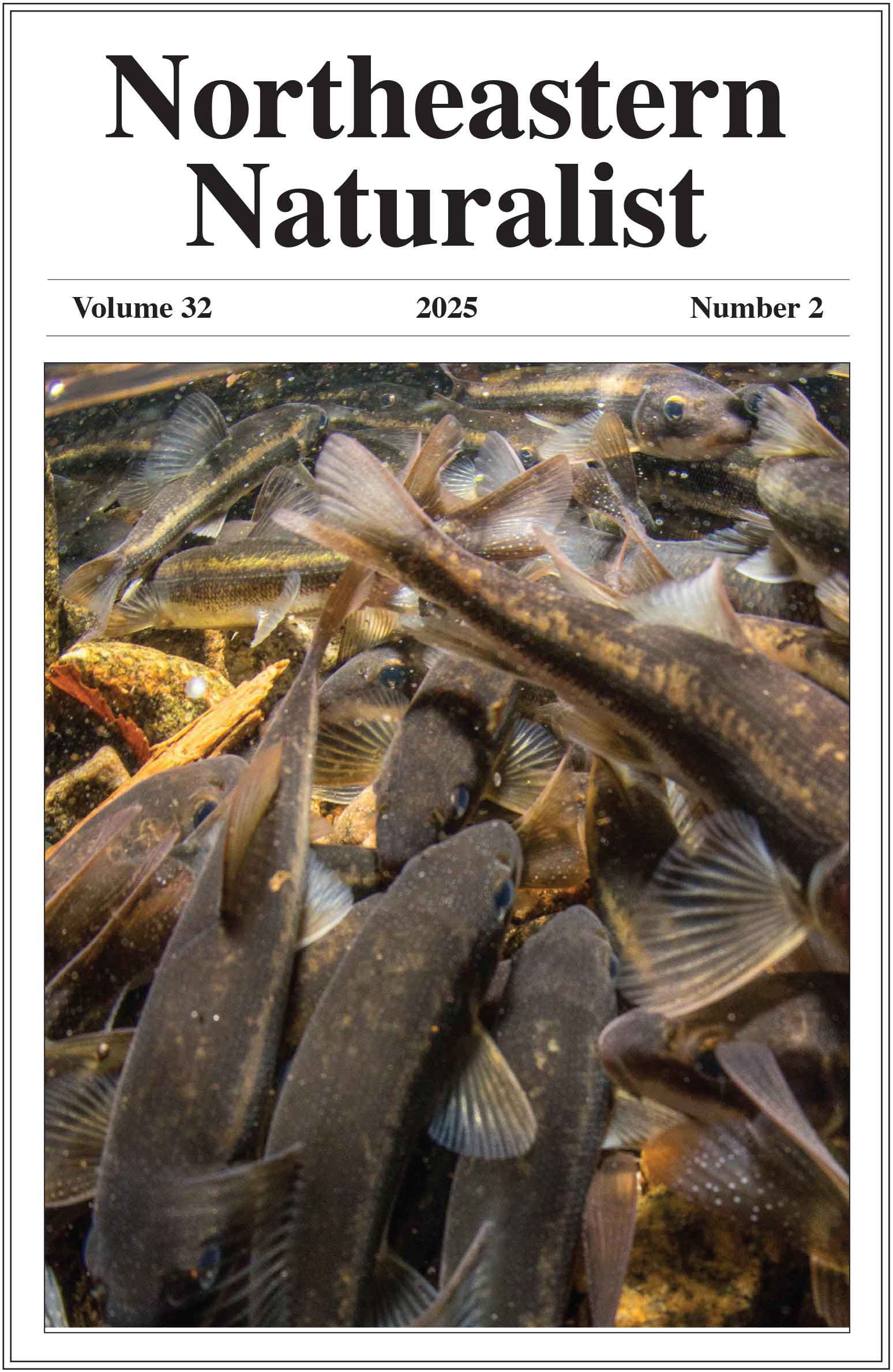Bird Use of Highway Rights-of-Way is influenced by Surrounding Adjacent Habitats and Seasons in Human-dominated Landscapes of Southern Quebec
Luc Bélanger1,*, Benoît Jobin1, Gaston Lacroix1, and Yves Bédard2
1Environment and Climate Change Canada, Canadian Wildlife Service, Quebec Region, Québec, QC G1J 0C3, Canada. 2Ministère des Transports du Québec, Direction de la Capitale-Nationale, Service des inventaires et des plans, Gouvernement du Québec, Montreal, QC H2Z 1W7, Canada. *Corresponding author.
Northeastern Naturalist, Volume 27, Issue 1 (2020): 134–150
Abstract
Vegetated zones of highway rights-of-way (ROW) are unique ecotones that can increase habitat heterogeneity at the landscape level and play a role in the maintenance of plant and animal conservation on a regional scale in certain human-dominated landscapes. To determine if they are unique habitats differing from the surrounding environment, we compared the abundance, richness, and species composition of bird communities using ROW in the St. Lawrence Valley lowlands of southern Quebec (Canada) in relation to the habitats in the adjacent land-use area, in 3 landscapes (suburban, intensive agriculture, and agroforestry) during 3 different seasons (spring, summer, and fall) corresponding to birds’ spring migration, breeding, and fall migration periods. We recorded a total of 8368 birds belonging to 74 species. The avian community at the intensive agricultural site differed from those of the other 2 sites, in both species’ composition and abundance. Bird use of ROW also varied as a function of the season: there was a higher species richness in spring, but a higher species abundance in fall. Species abundance and richness were higher in the adjacent areas than in the ROW during all 3 seasons. Species richness was inversely related to the presence of field crops in the adjacent areas. We conclude that highway ROW in southern Quebec are not unique habitats that differ from the surrounding landscape but rather supplemental habitats that help maintain bird populations at the regional scale, particularly in landscapes dominated by intensive agriculture where remnant patches of natural habitat
are becoming less common.
![]() Download Full-text pdf (Accessible only to subscribers. To subscribe click here.)
Download Full-text pdf (Accessible only to subscribers. To subscribe click here.)
Access Journal Content
Open access browsing of table of contents and abstract pages. Full text pdfs available for download for subscribers.
Issue-in-Progress: Vol. 32 (3) ... early view
Check out NENA's latest monograph and Special Issue:













 The Northeastern Naturalist is a peer-reviewed journal that covers all aspects of natural history within northeastern North America. We welcome research articles, summary review papers, and observational notes.
The Northeastern Naturalist is a peer-reviewed journal that covers all aspects of natural history within northeastern North America. We welcome research articles, summary review papers, and observational notes.